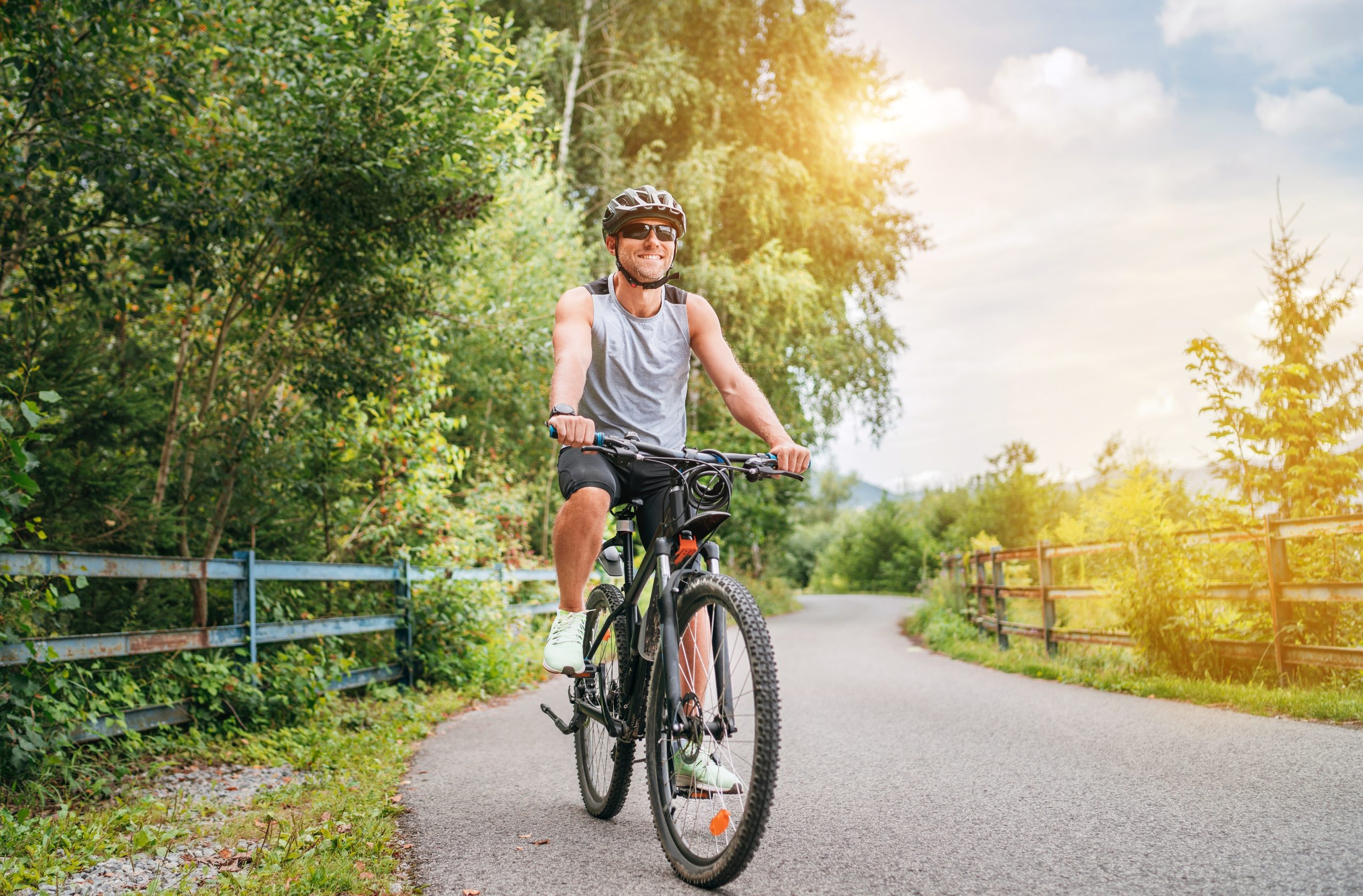Cycling is a popular hobby that offers many physical and mental health benefits. The low-impact activity is enjoyed by individuals of all ages to improve overall well-being. However, whether you are a seasoned cyclists or just starting out, it is important to be aware of the potential risks and injuries that are associated with cycling. Overuse injuries can happen, with low back pain being a common area of injury for recreational, mountain and road cyclists alike.

Cycling is a popular hobby that offers many physical and mental health benefits, but there are risks and injuries that can happen, particularly to those with back pain.
A study by Vinosh Kumar Purushothaman, Wei Vvy Chen, and Nithiyah Maruthey from INTI International University together with international researchers Assistant Professor Dr. Arun Vijay Subbarayalu, Ambusam Subramaniam, and Mohanraj Kandasamy titled ‘Survey On Low Back Pain Among Cyclists: Prevalence, Risk Factors and Knowledge of Injury Prevention Strategies’, found that 55.3 per cent of cyclists had lifetime back pain while 35.5 per cent reported back pain in the past 12 months.
“The findings indicate that lower back pain is commonly associated with cycling and is an ongoing issue for many of them,” said Vinosh.
The survey was conducted through a questionnaire distributed to 200 recreational cyclists, aged between 18 and 70, in various cycling clubs in the Klang Valley. The response rate was 70 per cent from respondents that consisted of both male and females.
According to Vinosh, a lecturer at INTI International University’s Faculty of Health and Life Sciences, the survey investigated the risk factors for low back pain, such as riding terrains, smoking, supplementary exercise, warm-up, cool-down, and other sports, but found no significant relationship between these factors and low back pain.

A study conducted by Vinosh and his team found that riding terrains, whether flat or hilly, does not cause back pain.
“Riding on flat, hilly, or flat with rolling hill terrains are not the cause of low back pain. We might think that cycling on different surfaces will contribute to low back pain, but it is not the main factor,” he said.
While the study found that terrain was not a contributory factor, further studies on cycling biomechanics found that hilly cycling requires a large amount of energy to defy gravity because riding uphill requires a different posture than riding on flat terrain.
Vinosh clarified that cycling required maintaining a flexed posture for an extended period. This will have an impact on the morphology of the spine and may result in increased mechanical tension on the lumbar region, causing lower back discomfort, which can be a common issue among cyclists. Therefore, correct positioning is critical for successful performance and injury prevention[1].
“Proper body posture can help distribute the body’s weight more evenly on the bike, reducing pressure on the lower back. This means adjusting the saddle’s height and angle as well as handlebar height to create more comfortable and ergonomic riding position.

According to Vinosh, a significant number of cyclists may not be aware of how to adjust their saddle for good spine support or how to adjust their bike setup to improve their posture to prevent lower back pain.
“A saddle that is too high or too low can cause riders to reach too far or too close to the handlebars, putting additional pressure on the lower back. A saddle that is too tilted or too flat can also cause discomfort in the lower back,” he added.
In light of the findings that only a small percentage of cyclists have a correct understanding of the optimum position for their saddle angle (14.9%), tilt angle (3.5%), and distance from the bike (19.1%), it is evident that a significant number of them lack knowledge about how to avoid lower back pain
Astonished by the discovery, Vinosh said it shows that a large number of cyclists are not aware of how to adjust their saddle to best support the spine and how to adjust their bike setup to improve their posture.
However, it is worth noting that respondents displayed moderate knowledge on other components such as the importance of bicycle suspension, core muscle exercise, and handlebar position compared to the prevention strategies.
Inadequate knowledge of bicycle parameters could be a contributing factor to the prevalence of low back pain in cyclists. This suggests the need for further education and awareness on proper bike setup and posture to reduce the risk of developing pain in the lower back.
“It’s important for cyclists to be aware of this potential issue and take steps to minimize lower back discomfort by regularly engaging in core-strengthening exercises or adjusting their bike setup to better support their posture,” advised Vinosh.

It is important for cyclists to understand the potential for lower back pain as well as know how to adjust their bicycle correctly so that they can enjoy a safe and comfortable ride.
These findings emphasize the importance of ongoing education and awareness efforts to promote proper bike setup and body posture, hence reducing the risk of lower back pain in cyclists.
“While the benefits of cycling are numerous, it is essential to take precautions and practice proper techniques to avoid injury. Because at the end of the day, we want to have a safe, comfortable, and enjoyable cycling experience,” he concluded.
[1] https://www.physio-pedia.com/Cycling_Biomechanics#cite_note-3